Research and publications
We carry out transport research, think-pieces and policy guidance for national agencies, local councils, and other clients, and regularly publish and present to the industry (including many award-winning papers). Below are links to our latest published work:

 Walking and cycling strategies are useful tools that aid councils in providing for pedestrians and cyclists. In 2005, earlier research found that 36 strategies were held by 30 different councils throughout New Zealand. A stocktake of all current walking and cycling strategies was undertaken. This revealed that there are now 61 strategies prepared by 55 different councils (out of 85).
Walking and cycling strategies are useful tools that aid councils in providing for pedestrians and cyclists. In 2005, earlier research found that 36 strategies were held by 30 different councils throughout New Zealand. A stocktake of all current walking and cycling strategies was undertaken. This revealed that there are now 61 strategies prepared by 55 different councils (out of 85).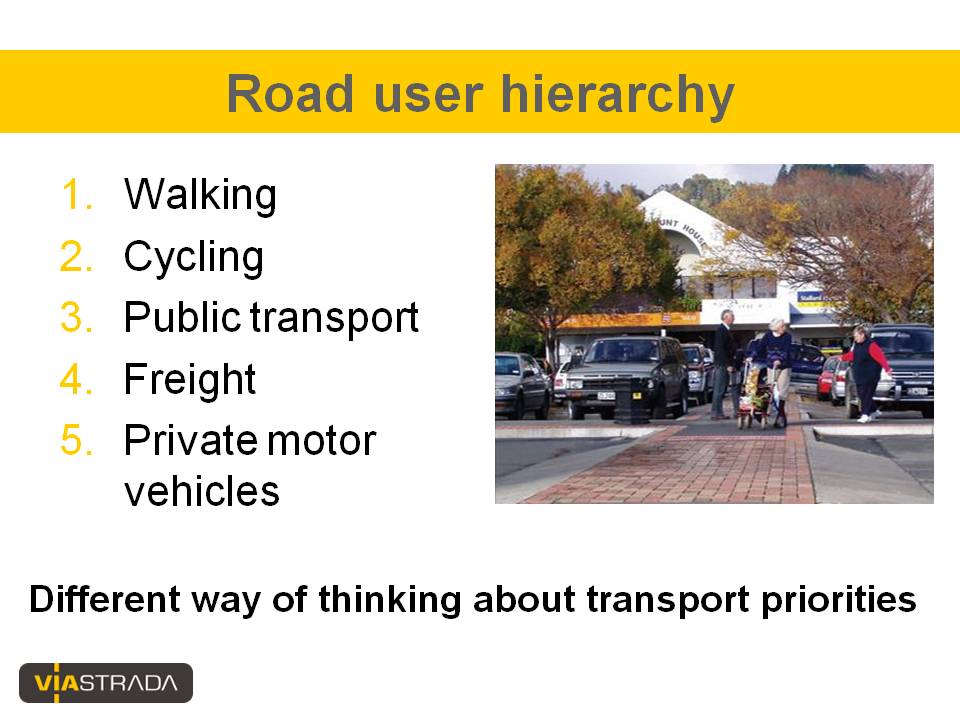 Traditionally aimed at roading engineers and contractors, the conference this year focused more attention on the new era under the NZ Transport Agency, which aims "to provide an integrated approach to transport planning, funding and delivery". Active transport (principally walking and cycling) is an increasingly important part of New Zealand's transport future.
Traditionally aimed at roading engineers and contractors, the conference this year focused more attention on the new era under the NZ Transport Agency, which aims "to provide an integrated approach to transport planning, funding and delivery". Active transport (principally walking and cycling) is an increasingly important part of New Zealand's transport future.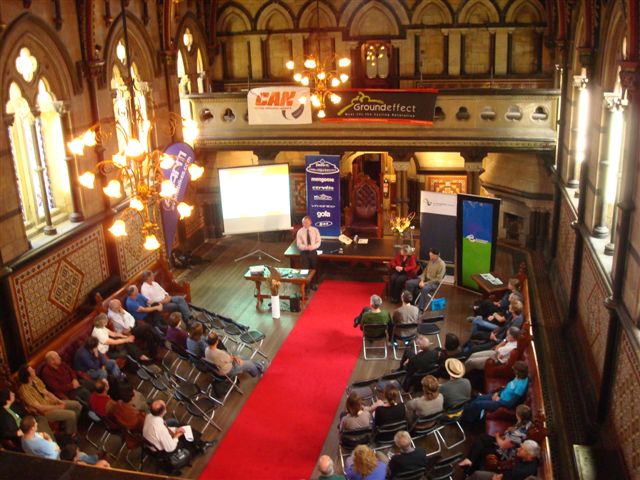 The Cycling Advocates' Network (CAN) has presented the 6th annual Cycle-Friendly Awards, celebrating initiatives to promote cycling and create a cycle-friendly environment at both a national and local level in New Zealand. One of the award categories, the Cycle-Friendly Commitment by a Public Organisation, was sponsored by ViaStrada.
The Cycling Advocates' Network (CAN) has presented the 6th annual Cycle-Friendly Awards, celebrating initiatives to promote cycling and create a cycle-friendly environment at both a national and local level in New Zealand. One of the award categories, the Cycle-Friendly Commitment by a Public Organisation, was sponsored by ViaStrada.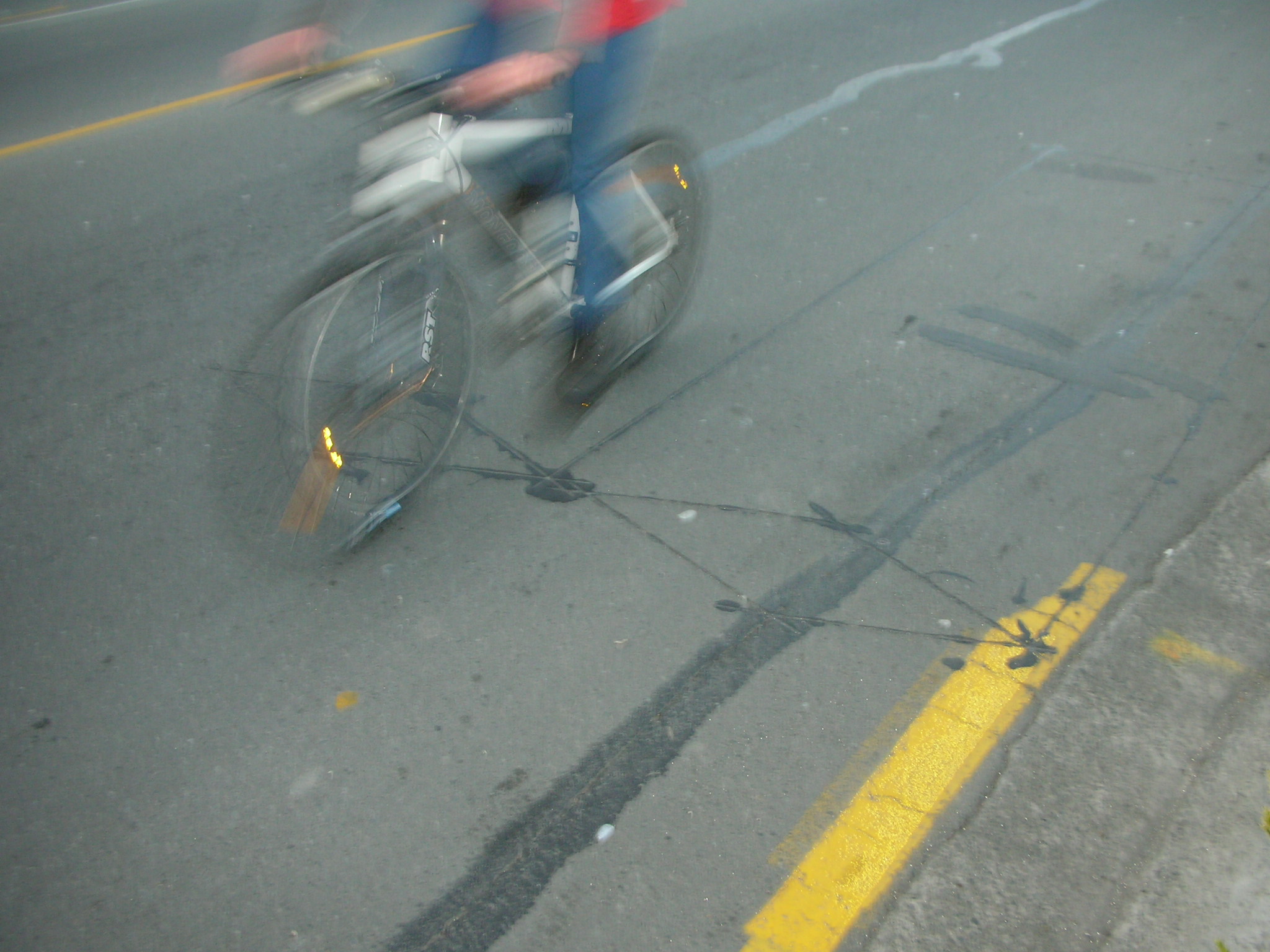 At the Trafinz Conference in Christchurch (8-10 September 2008) ViaStrada presented the preliminary results of an inductive loop, continuous cycle counting trial undertaken for the New Zealand Transport Agency.
At the Trafinz Conference in Christchurch (8-10 September 2008) ViaStrada presented the preliminary results of an inductive loop, continuous cycle counting trial undertaken for the New Zealand Transport Agency.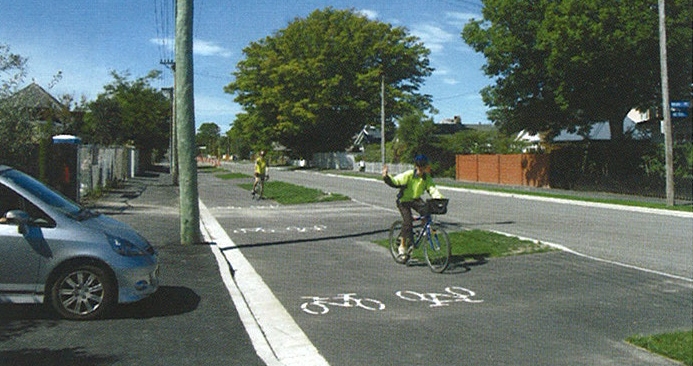 The document looks at ways of optimising New Zealand's road transport network. It is assumed that we will not be attempting to build our way out of congestion - instead we are moving towards smarter ways of managing land use (to reduce the need for travel) and more sustainable modes of transport. Better integration of land use and transport planning is recognised as a key requirement through to 2040 and beyond. Increasingly, we will be attempting to get better value for money out of our road network by using existing roads better (for all modes) rather than building more roads.
The document looks at ways of optimising New Zealand's road transport network. It is assumed that we will not be attempting to build our way out of congestion - instead we are moving towards smarter ways of managing land use (to reduce the need for travel) and more sustainable modes of transport. Better integration of land use and transport planning is recognised as a key requirement through to 2040 and beyond. Increasingly, we will be attempting to get better value for money out of our road network by using existing roads better (for all modes) rather than building more roads.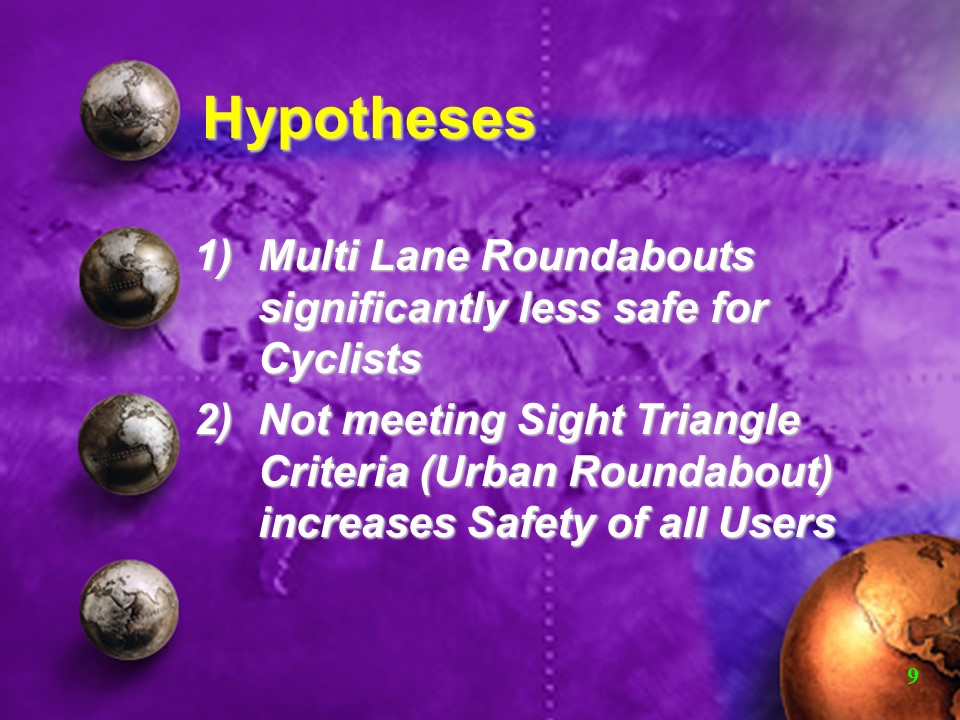 The remit is a progress report on research on the safety performance of roundabouts, with particular interest in cycle safety at different types of roundabouts (i.e. single lane versus multi lane roundabouts). The presentation is available for download
The remit is a progress report on research on the safety performance of roundabouts, with particular interest in cycle safety at different types of roundabouts (i.e. single lane versus multi lane roundabouts). The presentation is available for download 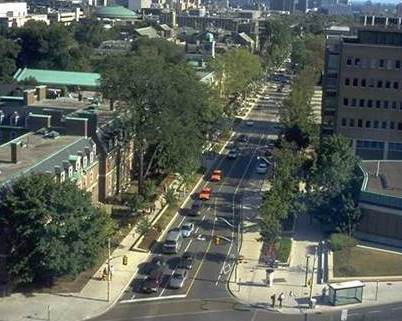 At the New Zealand Cycling Conference in September 2001, Andrew Macbeth gave a presentation on traffic calming on arterial roads, using examples from his work in Toronto.
At the New Zealand Cycling Conference in September 2001, Andrew Macbeth gave a presentation on traffic calming on arterial roads, using examples from his work in Toronto.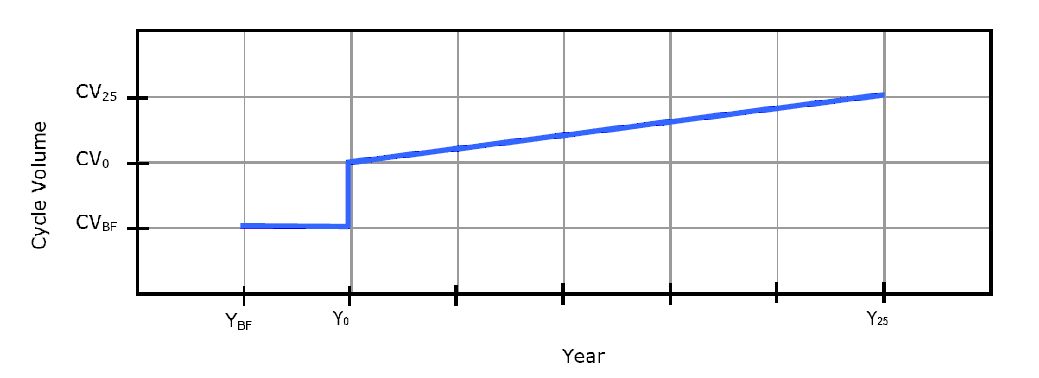 ViaStrada took a leading role in research to develop a technique for estimating cycle traffic on new cycle facilities. The research has been published as Research Report No. 340 Estimating Demand for New Cycling Facilities in New Zealand.
ViaStrada took a leading role in research to develop a technique for estimating cycle traffic on new cycle facilities. The research has been published as Research Report No. 340 Estimating Demand for New Cycling Facilities in New Zealand.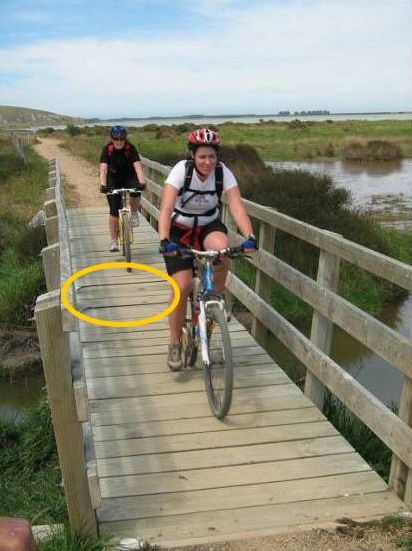 Andrew presented information on how to count bicycle traffic by a variety of methods. The presentation also discusses current research on field-testing two commercially-available models of continuous cycle traffic counters at five locations in Christchurch for Land Transport NZ.
Andrew presented information on how to count bicycle traffic by a variety of methods. The presentation also discusses current research on field-testing two commercially-available models of continuous cycle traffic counters at five locations in Christchurch for Land Transport NZ.